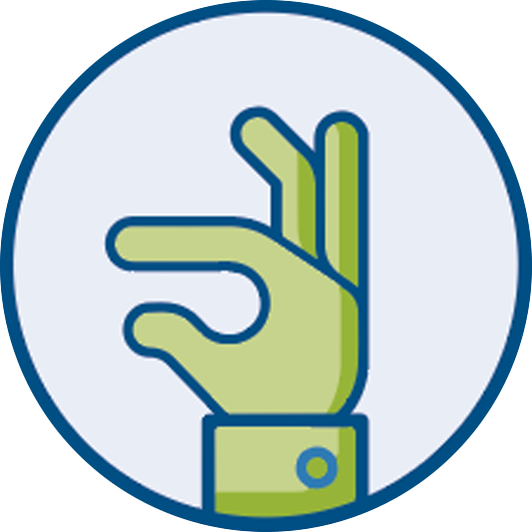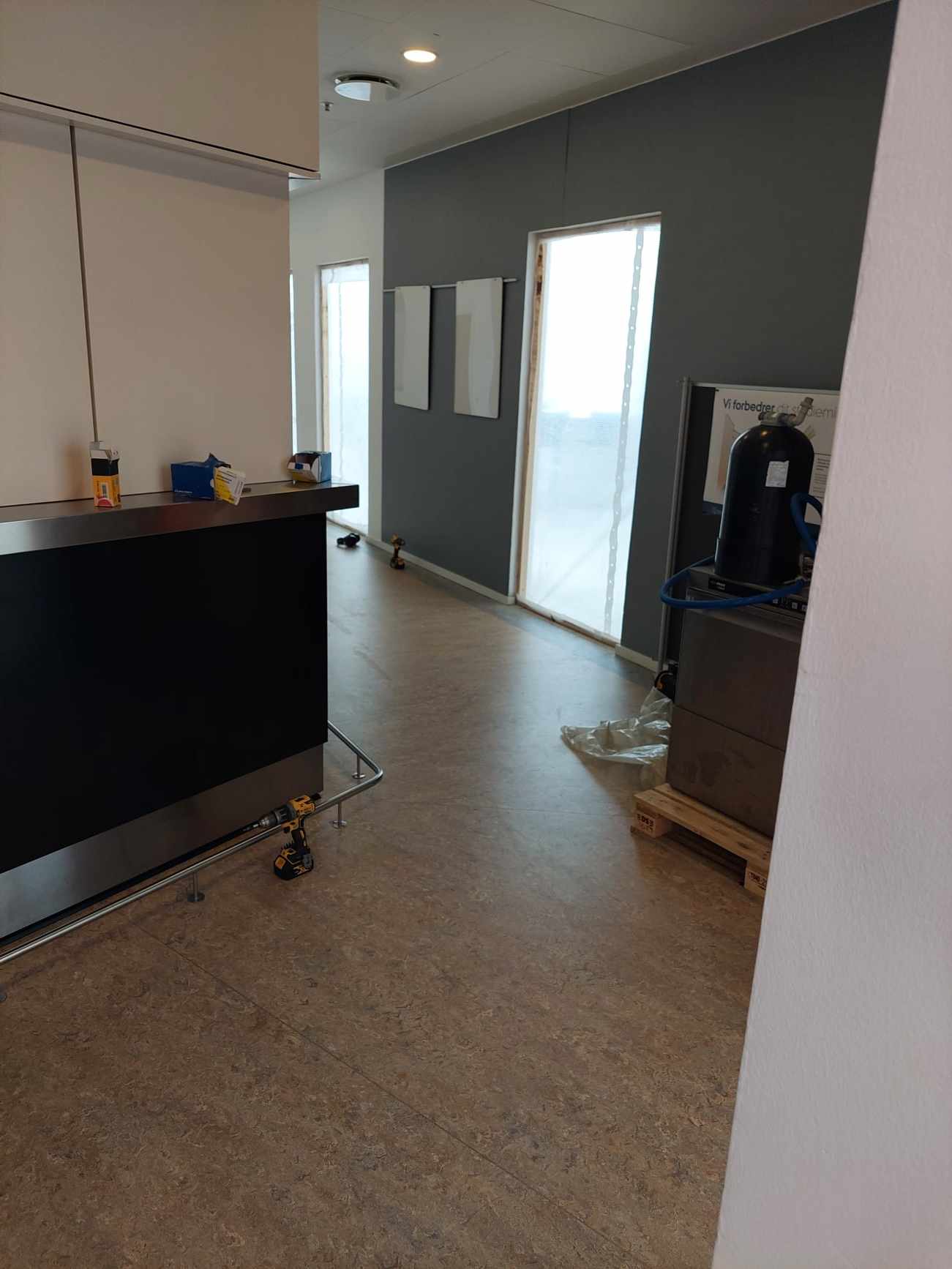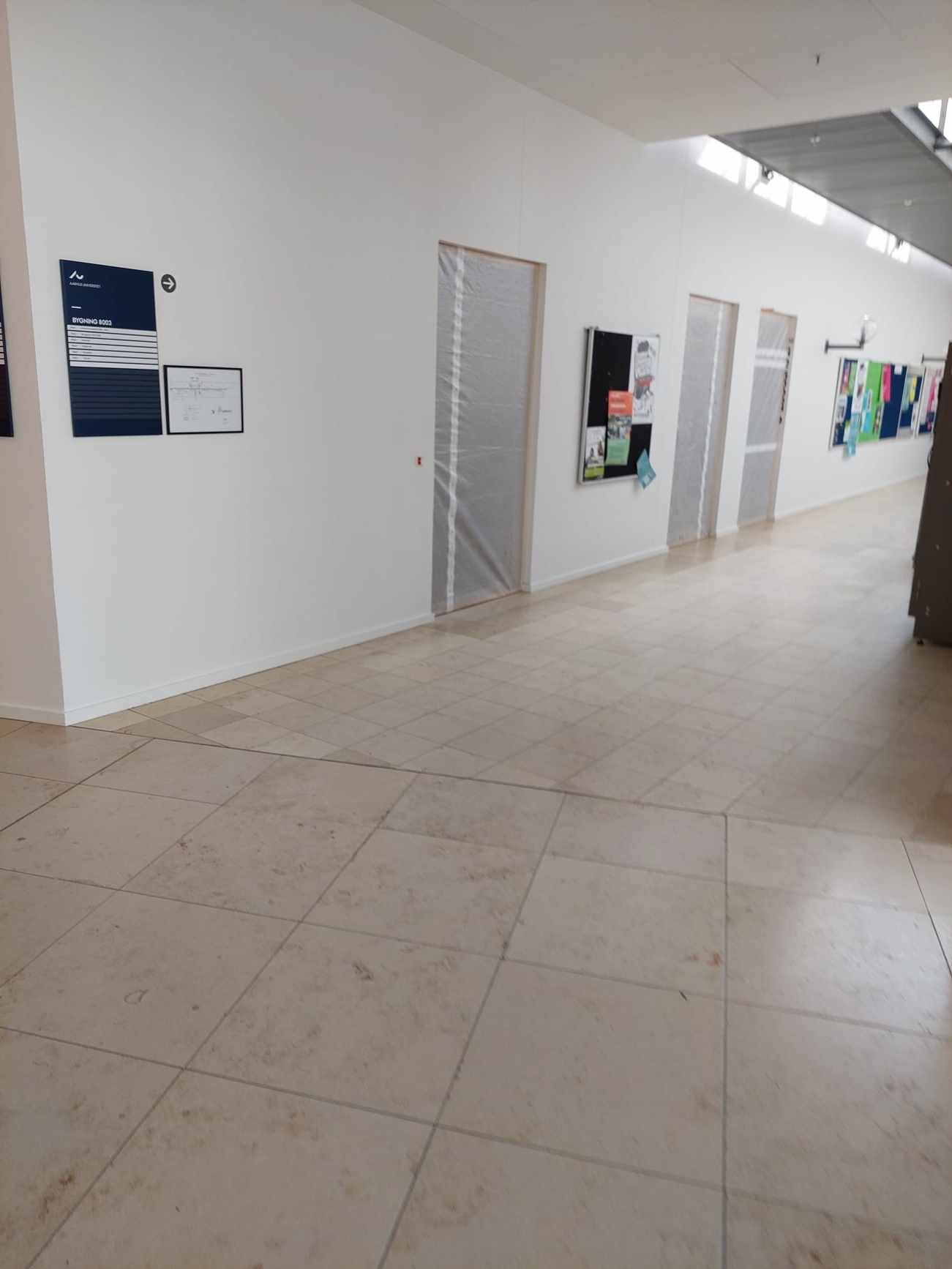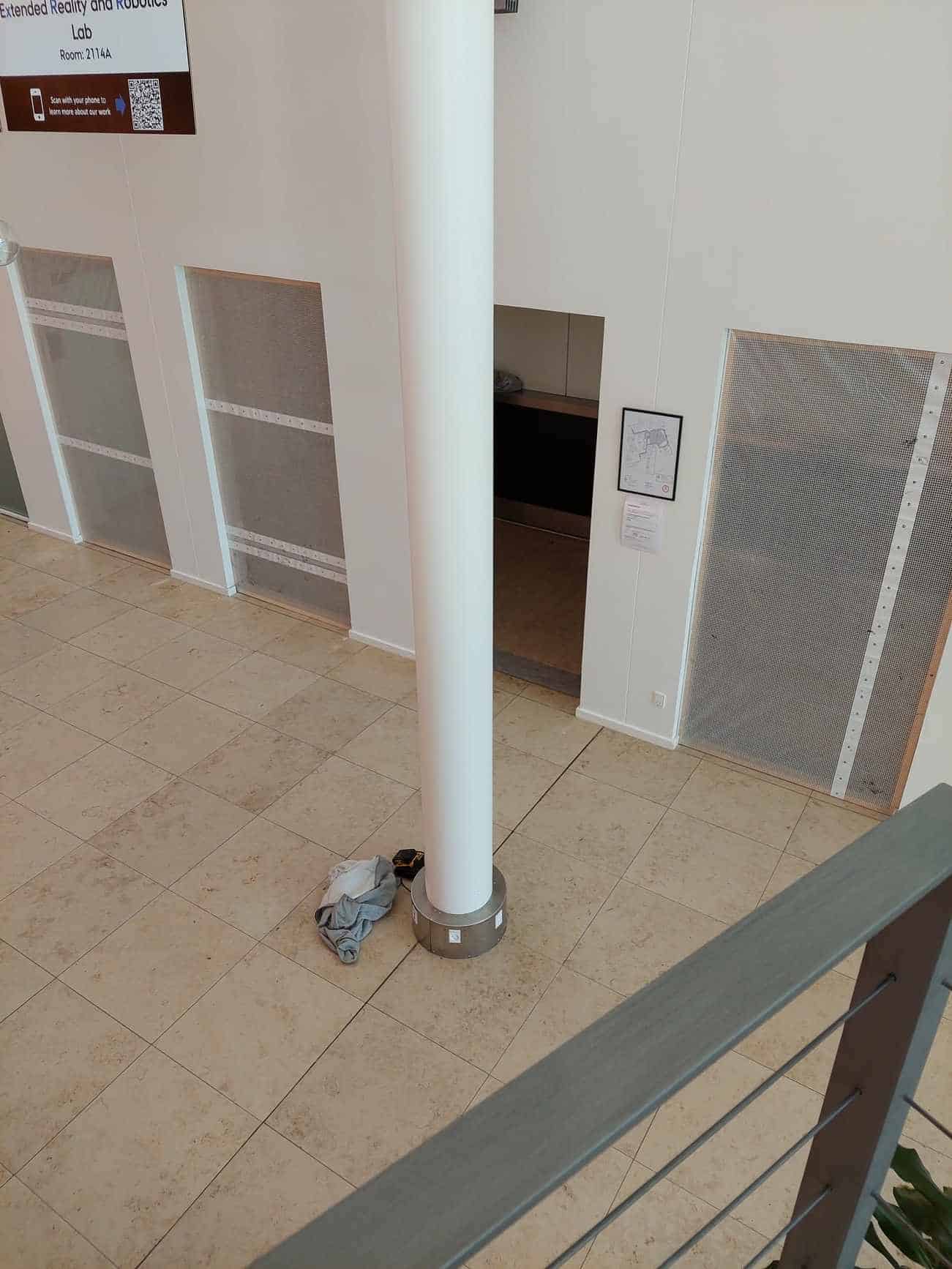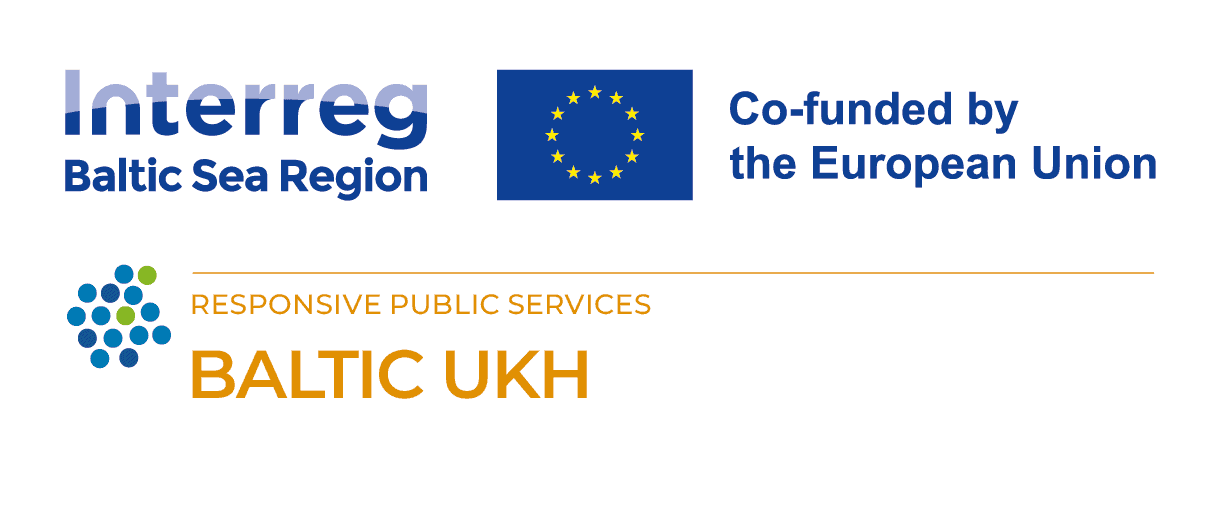
Aarhus/Herning pilot
12 July 2024
As part of the Royal Danish Library and Aarhus University Library, the campus library at AU Herning is facing a relocation. This presents itself as an opportunity for evaluation of current services and facilities. Based on these findings we will develop a new concept, which will help transform the campus library at AU Herning for the benefit of students and the general public.
The library relocation is part of a major initiative led by the university in an effort to create an attractive environment for students and encourage them to spend more time on campus. This objective is in great alignment with the general ambition of the library.
Currently, the library is situated on the second floor of the building, which promotes a secluded setting suitable for studying but may be difficult to find; especially for first-time visitors. The relocation of the library to the main floor will make it more visible and accessible to its users – a feature which will be amplified in the interior design of the space.
The target groups of the concept are mainly students and faculty at AU Herning but also the general public. Students need dedicated space for studying – individually or in groups – and seek out the library for its atmosphere of calmness and immersion. Apart from the services for students and faculty, the library offers access to select digitized collections as well as traditional library services for members of the public.
The concept will consist of four steps.
- Study space
In our interactions with the students at campus there have been an expressed need for dedicated study space for both group work and individual study. The new library setting will include a flexible space which will default to silent study space. This space can be reserved by the library staff for workshops and teaching activities, for instance Datalab activities and other library teaching activities. Further, the library will be surrounded by group work stations situated in a comfortable environment favoring plants, organic materials, and acoustics. These work stations will bridge the gap between the library and the nearby canteen making it easy for students to extend their study sessions throughout the day.
- Datalab
One of the specific activities that will be implemented in the library space is a Datalab which will serve as an anchoring point for services within the domain of digital methods and tools. As a hybrid concept, the Datalab will offer a range of workshops, seminars and open lab sessions both online as well as in-person. The Datalab will be associated with the flexible space of the library making it easily recognizable to students as part of the library services.
- Materials library
During our initial research one of the requests that surfaced was the need for a materials library where a selection of physical materials and their properties can be examined. Being an educational institution for engineers, facilities of this kind exist, to some extent, in various lab settings at the university. The primary task within this step will be to map the existing offerings and in collaboration with the faculty clarify whether it would be feasible to unite and develop them in one location within the library.
- Public services
The Royal Danish Library offers on-premises access to a selection of its cultural and historical collections and the library at AU Herning is one of few locations outside the major cities where this content can be accessed. Being geographically positioned in the middle of Jutland, AU Herning is within reach to a lot of people, and this helps equalize the access to cultural heritage across urban and rural communities.
Among the more restricted resources of the Royal Danish Library, the campus library offers access to the extensive and very popular newspaper collection. This collection contains most Danish newspapers dating back to 17th century and besides academic purposes, the collection is popular for ancestry research as well as documentation of past commercial activities as it covers many aspects of national and local Danish history. Similarly, the campus library grants the public access to digitized TV and radio archives – as well as a separate collection for commercials shown in cinemas and on TV – documenting a vast span of Danish cultural heritage.
While they are not the primary user group of the library, these users and their needs should be considered when developing and implementing the interior design of the library.
Interactive map showing pilot locations. Use the arrow keys to move the map view and the zoom controls to zoom in or out. Press the Tab key to navigate between markers. Press Enter or click a marker to view pilot project details.



